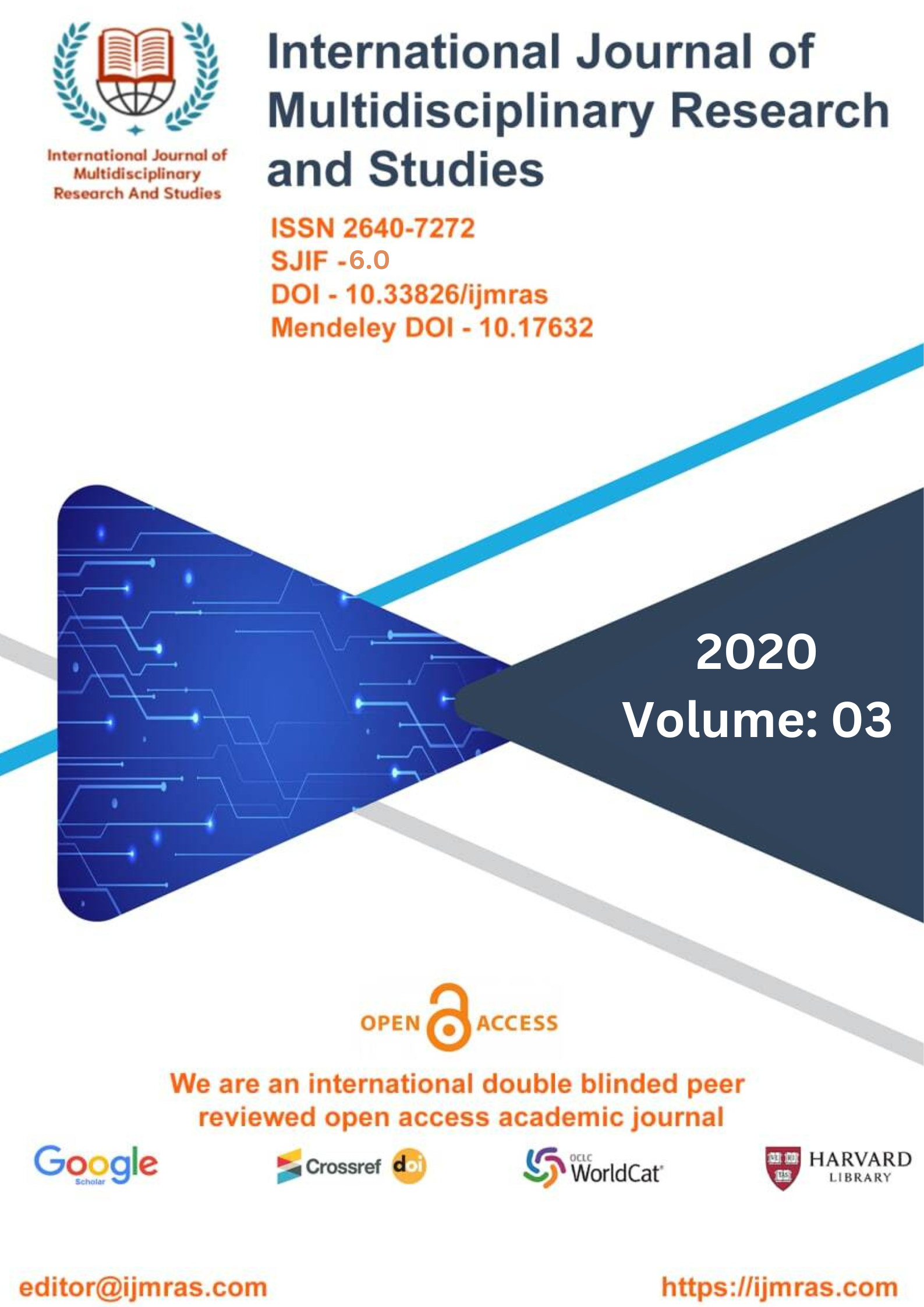FACTORS THAT INFLUENCE TRUANCY IN SELECTED SECONDARY SCHOOLS

Abstract
Students who willfully skip one or more of their scheduled classes are engaging in the delinquent behaviour known as truancy, which is increasingly recognised as a changing and emerging problem. Around the world, truancy is viewed as a cankerworm that eats away at the foundations of educational programmes, which has resulted in a variety of challenges and roadblocks for secondary school students as they progress through their educational career (Adeyemi, 2011; Animasahun, 2007). Any absence from obligatory schooling that is both unplanned and purposeful, as well as unauthorised and criminal, is termed truancy. It might also apply to kids who are present in school but who do not participate in any of their lessons. Truancy is defined as a pattern of behaviour characterised by inconsistent or nonexistent school attendance. It is also considered a delinquent and antisocial behaviour (Animasahun, 2009). Truancy is an academic delinquent, social and law execution concern. Absenteeism in school by children and teenagers lowers their chances of reaching their educational potential (Siziya, Muula, & Rudatsikira, 2007). According to Kee (2001), truancy is defined as the deliberate, premeditated, and planned absence of students from educational institutions without the approval of their parents or without a valid explanation or justification. According to Rothman (2001), who attempts to define truancy, "truancy is an act of remaining away from school without leave." Chukwuka (2013) describes truancy in a similar manner, stating that it is "absence from school for no justifiable cause." Adekunle (2015), in a discussion on the topic of truancy, notes that truancy entails an individual willfully absenting themselves from school without the agreement of the school, as well as leaving and fleeing specified instructional hours without authorization.
Keywords
Influence Truancy, Secondary SchoolsHow to Cite
References
Abdulrazaq, B., & Elishama, L. J. (2014). Effects of Truancy on the Academic Performance of Secondary School Students. In Jimeta-Yola Metropolis (Adamawa State). Journal of Education and Human Development , 4(1). https://doi.org/10.1080/00343409612331349438
Abuya, B., Oketch, M., & Musyoka, P. (2012). Why do pupils dropout when education is “free”?
Explaining school dropout among the urban poor in Nairobi. Compare, 43(6), 740–762. https://doi.org/10.1080/03057925.2012.707458
Adika, L. O. (2016). Perceived Indices of Truancy among Selected Adolescents in Oyo Town: Implications for Behavioural Change. Journal of Education and Practice , 7(16), 42–45. https://eric.ed.gov/?id=EJ1105332
Andrew, S. L., & Orodho, J. A. (2014). Socio-Economic Factors Influencing Pupils’ Access To Education In Informal Settlements: A Case Of Kibera, Nairobi County, Kenya. International Journal of Education and Research, 2(3). www.ijern.com
Ashiabi, G. S., & O’Neal, K. K. (2015). Child Social Development in Context: : An Examination of Some Propositions in Bronfenbrenner’s Bioecological Theory. SAGE Open, 5(2), 215824401559084. https://doi.org/10.1177/2158244015590840
Attwood, G., & Croll, P. (2006). Truancy in secondary school pupils: Prevalence, trajectories and pupil perspectives. Research Papers in Education, 21(4), 467–484. https://doi.org/10.1080/02671520600942446
Baker, M. L., Sigmon, J. N., & Nugent, M. E. (2001). Truancy Reduction: Keeping Students in School. NCJRS, P.O. Box 6000, Rockville, MD 20849-6000. Tel: 800-851-3420 (Toll Free); 301-519-5500; TTY: 877-712-9279 (Toll Free); Fax: 301-519-5212; Web site:
http://www.ncjrs.org/. For full text: http://www.ncjrs.org/pdffiles1/ojjdp/188947.pdf.
Bell, E., & Bryman, A. (2007). The Ethics of Management Research: An Exploratory Content Analysis. British Journal of Management, 18(1), 63–77. https://doi.org/10.1111/j.1467- 8551.2006.00487.x
Boga, I. J. (2013). The Effects of Truancy on Academic Performance of Secondary School Students in Ukum Local Government Area. An Unpublished B. Sc Project.
https://doi.org/10.1371/journal.pone.0054894
Bronfenbrenner, U. (1976). The Experimental Ecology of Education. Educational Researcher, 5(9), 5–15. https://doi.org/10.3102/0013189X005009005
Bronfenbrenner, U. (1977). Toward an experimental ecology of human development. American Psychologist, 32(7), 513–531. https://doi.org/10.1037/0003-066x.32.7.513
Bronfenbrenner, U. (1979). Contexts of child rearing: Problems and prospects. American Psychologist, 34(10), 844–850. https://doi.org/10.1037/0003-066X.34.10.844
License
Copyright (c) 2020 PUNIT KUMAR JHA

This work is licensed under a Creative Commons Attribution 4.0 International License.
Individual articles are published Open Access under the Creative Commons Licence: CC-BY 4.0.



